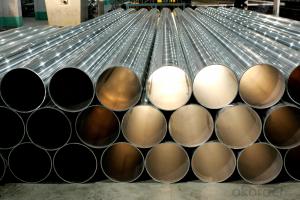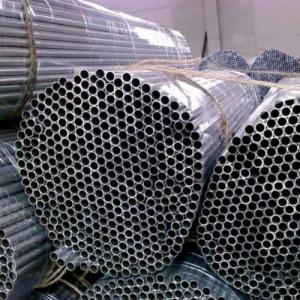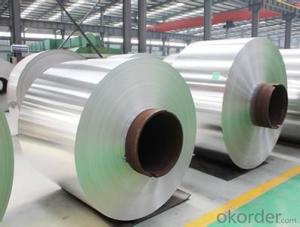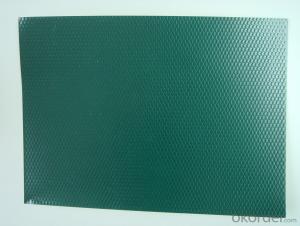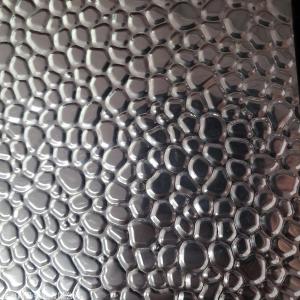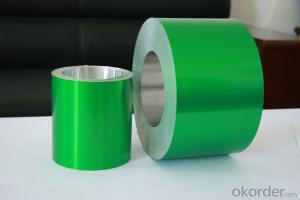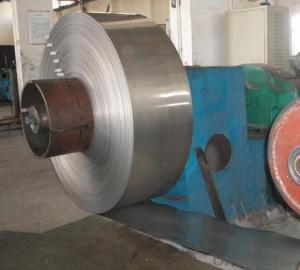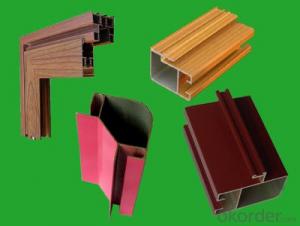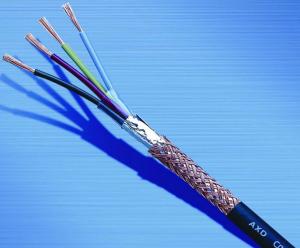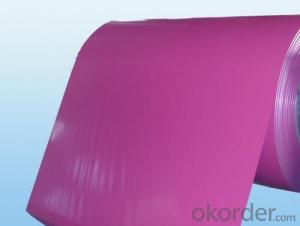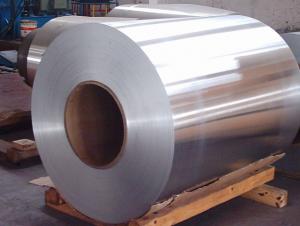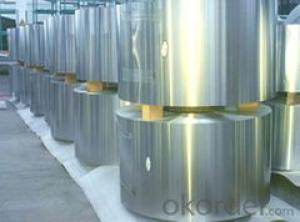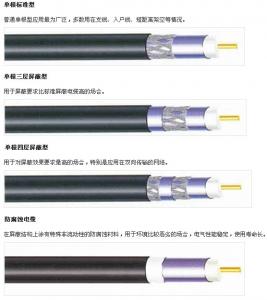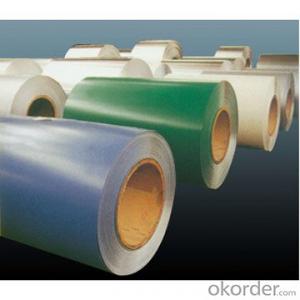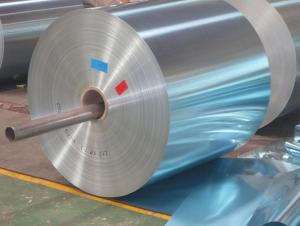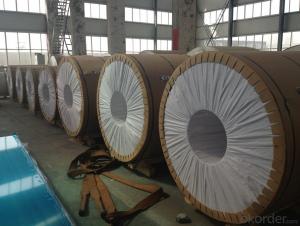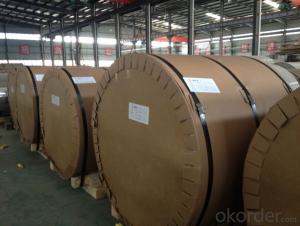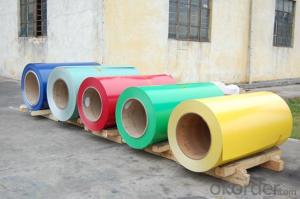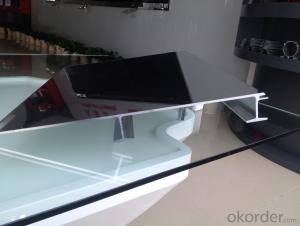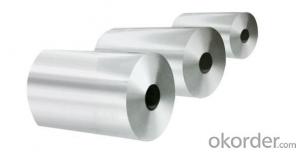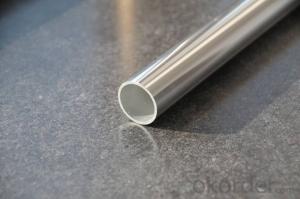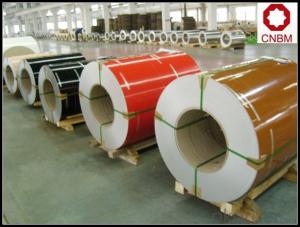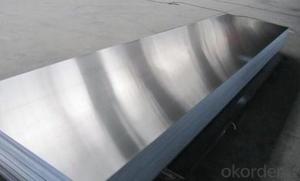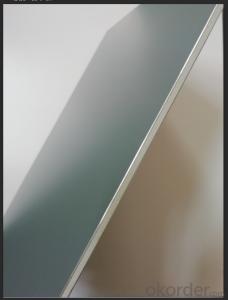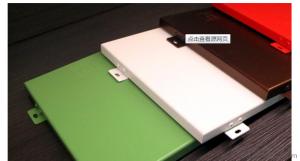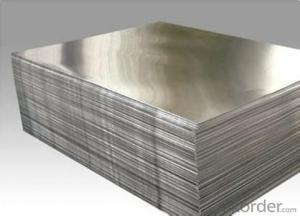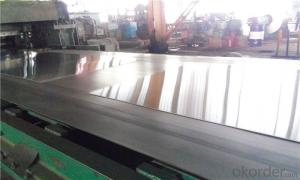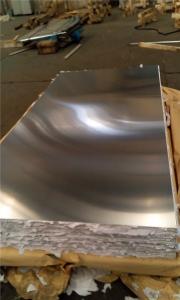Aluminum Coil Pipe
Aluminum Coil Pipe Related Searches
Aluminum Tubing Coil Aluminum Wire Coil Aluminum Tube Coil Aluminum Copper Coil Aluminum Ac Coil Aluminum Alloy Coil Copper Aluminum Coil Coil Aluminum Aluminum Strip Coil Anodized Aluminum Coil Aluminum Siding Coil Aluminum Strapping Coil Aluminum Roof Coil Aluminum Fin Coil Aluminum Coil Pe Aluminum A Coil Aluminum Evaporator Coil Polished Aluminum Coil China Aluminum Coil Aluminum Coil Factory Coil Of Aluminum Roll Aluminum Coil Aluminum Condenser Coil Aluminum Gutter Coil Vinyl Coated Aluminum Coil Coil Coating Aluminum Aluminum Coil Wholesale Aluminum Sheet Coil Buy Aluminum Coil Colored Aluminum CoilAluminum Coil Pipe Supplier & Manufacturer from China
Aluminum Coil Pipe is a versatile and widely used product in various industries due to its lightweight, corrosion-resistant, and high-strength properties. It is commonly utilized in construction, automotive, aerospace, and electrical applications, among others. This product is known for its durability and ability to withstand harsh environmental conditions, making it an ideal choice for numerous applications where performance and longevity are crucial.Aluminum Coil Pipe is extensively used in the manufacturing of various products such as heat exchangers, condensers, and radiators, where its excellent thermal conductivity and lightweight nature provide significant advantages. Additionally, it is employed in the production of tubing for fluid transfer, as well as in the creation of architectural structures and components that require a combination of strength and aesthetic appeal. Its versatility allows it to be easily formed, bent, and welded, making it a popular choice for a broad range of applications.
Okorder.com is a leading wholesale supplier of Aluminum Coil Pipe, offering a vast inventory of this product to cater to the diverse needs of various industries. With a strong commitment to quality and customer satisfaction, Okorder.com ensures that their products meet the highest standards and are available at competitive prices. By partnering with Okorder.com, businesses can access a reliable source of Aluminum Coil Pipe, ensuring that their projects and manufacturing processes are well-supported and efficiently executed.
Hot Products





